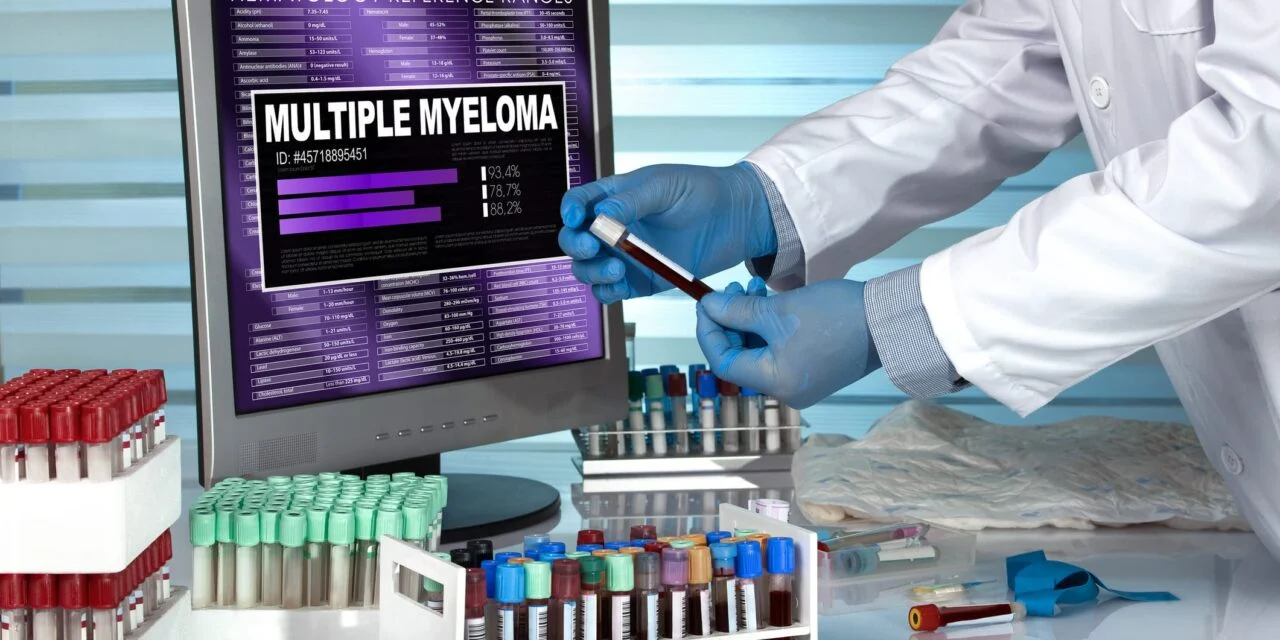The system combines enhanced sensitivity with automation to detect M-proteins at low concentrations, supporting early diagnosis of plasma cell disorders.
The US Food and Drug Administration (FDA) has granted 510(k) clearance for the Exent Analyser and Immunoglobulin Isotypes (GAM) Assay, an automated platform designed to aid in the diagnosis of multiple myeloma and related plasma cell disorders through enhanced detection of M-proteins.
The system, developed by Thermo Fisher Scientific, combines the Exent Analyser with the Immunoglobulin Isotypes (GAM) Assay to provide automated results that reduce the need for subjective interpretation. The platform detects and isotypes M-proteins—abnormal antibodies produced by cancerous plasma cells—at low concentrations.
According to the International Myeloma Foundation, more than 176,000 people are diagnosed with multiple myeloma worldwide each year. Current diagnostic pathways can be slow and uncertain, often relying on highly subjective interpretation of test results.
“The clearance of the Exent System represents a significant advancement in the tools available to aid in the diagnosis of multiple myeloma,” says Noemi Puig, MD, PhD, department of hematology, University Hospital Salamanca, and leader in multiple myeloma clinical research, in a release. “By combining increased sensitivity with ease of use and automated workflows, laboratories can achieve greater clarity and diagnostic confidence, ultimately supporting improved patient care.”
Enhanced Detection Capabilities
The Exent System’s enhanced sensitivity allows it to precisely identify M-proteins based on their unique molecular weight, according to a release from the company. The platform can detect naturally occurring endogenous proteins and flag known exogenous M-proteins, including those derived from therapeutic antibodies.
The system is cleared as an aid in the diagnosis of multiple myeloma, smoldering multiple myeloma, Waldenström’s macroglobulinaemia, and amyloid light chain amyloidosis. It also aids in the evaluation of monoclonal gammopathy of undetermined significance.
The platform is designed for routine use in clinical laboratories and requires no prior mass spectrometry experience. It offers up to six hours of total walkaway time per shift, improving workflow efficiency.
Broad Market Availability
“Our continued goal is to equip laboratories and clinicians with technologies that deliver greater accuracy, efficiency, and clarity, enabling more informed clinical decisions and improving the patient journey,” says Stephen Harding, vice president and general manager, protein diagnostics, Thermo Fisher Scientific, in a release.
The Exent System has also recently received authorization for sale from Health Canada. With the 510(k) clearance and clinical validation in the US, the system is now available for clinical use in the US, Australia, Belgium, Brazil, Canada, France, Germany, Italy, the Netherlands, New Zealand, Spain, Switzerland, and the United Kingdom.
In the US market, the system is available by prescription only for serum matrix testing. Results require valid Optilite IgG/IgA/IgM results on the Optilite Analyser. The system is intended for use as a reflex test when serum protein electrophoresis suggests an M-protein or when serum free light chains are abnormal.
The Exent Immunoglobulin Isotypes (GAM) for the Exent Analyser test system has not been evaluated for use in post-diagnostic patient monitoring of monoclonal gammopathies.
ID 91737367 © Angellodeco | Dreamstime.com





